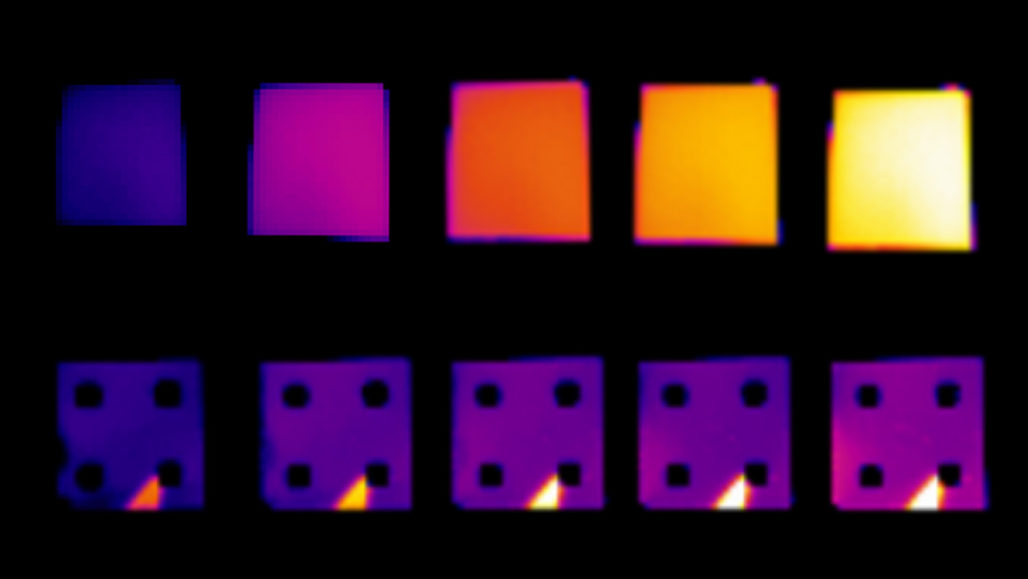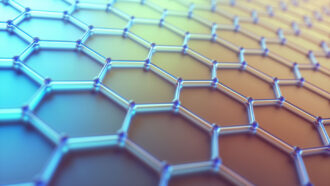camouflage: Hiding people or objects from an enemy by making them appear to be part of the natural surroundings. Animals can also use camouflage patterns on their skin, hide or fur to hide from predators.
colleague: Someone who works with another; a co-worker or team member.
infrared: A type of electromagnetic radiation invisible to the human eye. The name incorporates a Latin term and means “below red.” Infrared light has wavelengths longer than those visible to humans. Other invisible wavelengths include X-rays, radio waves and microwaves. Infrared light tends to record the heat signature of an object or environment.
insulator: A substance or device that does not readily conduct electricity.
metal: Something that conducts electricity well, tends to be shiny (reflective) and malleable (meaning it can be reshaped with heat and not too much force or pressure).
nickel: Number 28 on the periodic table of elements, this hard, silvery element resists oxidation and corrosion. That makes it a good coating for many other elements or for use in multi-metal alloys.
physicist: A scientist who studies the nature and properties of matter and energy.
Proceedings of the National Academy of Sciences: A prestigious journal publishing original scientific research, begun in 1914. The journal's content spans the biological, physical and social sciences. Each of the more than 3,000 papers it publishes each year, now, are not only peer reviewed but also approved by a member of the U.S. National Academy of Sciences.
range: The full extent or distribution of something. For instance, a plant or animal’s range is the area over which it naturally exists.
scanner: A machine that runs some sort of light (which includes anything from X-rays to infrared energy) over a person or object to get a succession of images. When a computer brings these images together, they can provide a motion picture of something or can offer a three-dimensional view through the target. Such systems are often used to see inside the human body or solid objects without breaching their surface.
wavelength: The distance between one peak and the next in a series of waves, or the distance between one trough and the next. It’s also one of the “yardsticks” used to measure radiation. Visible light — which, like all electromagnetic radiation, travels in waves — includes wavelengths between about 380 nanometers (violet) and about 740 nanometers (red). Radiation with wavelengths shorter than visible light includes gamma rays, X-rays and ultraviolet light. Longer-wavelength radiation includes infrared light, microwaves and radio waves.








